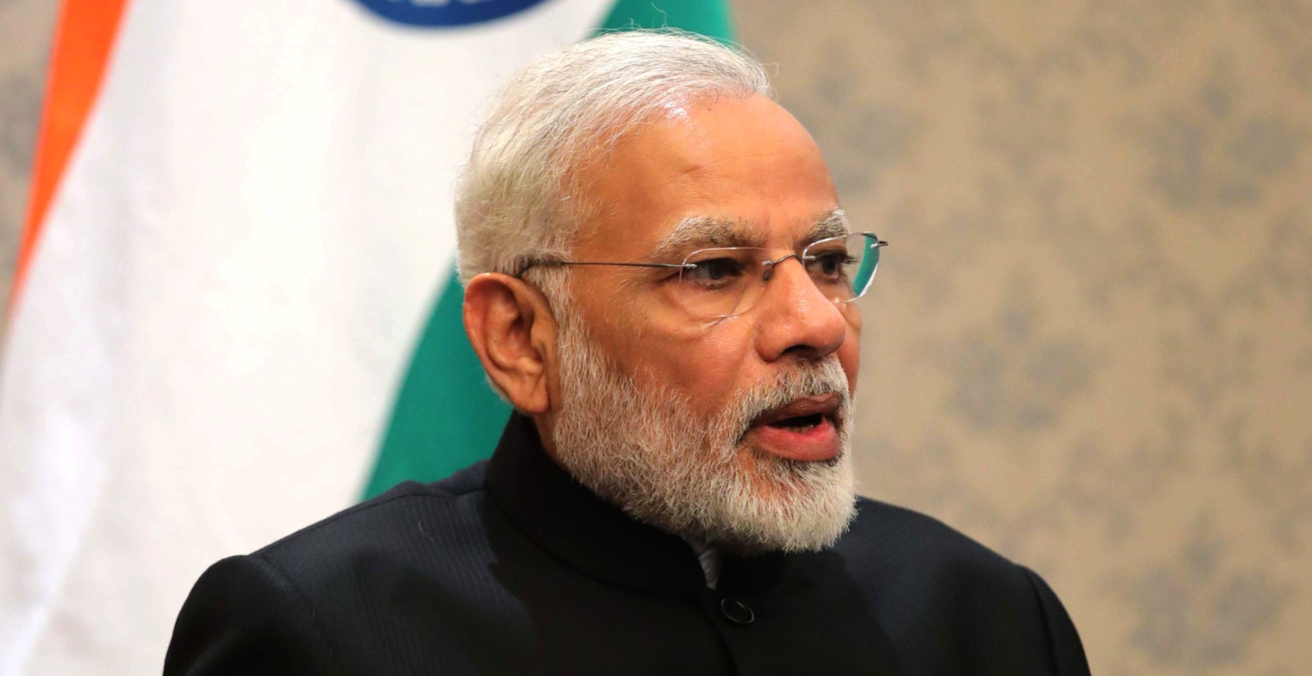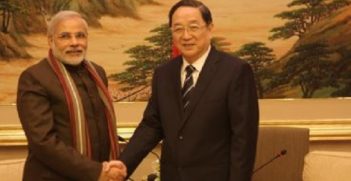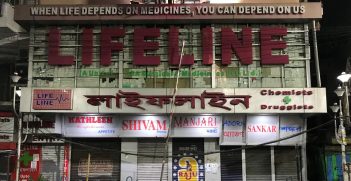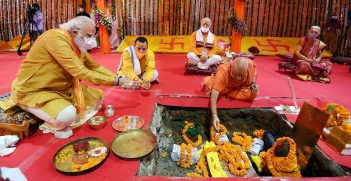India’s General Election: A Preview

India’s general election is scheduled to run from 11 April to 19 May. In an epic feat of electoral planning, more than 900 million Indians will be eligible to vote in a contest that is likely to be fought on issues including jobs, corruption and national security.
This article previews India’s forthcoming general election on three dimensions. First, I describe India’s election machinery and logistics, something that Australia could learn a lot from if it were not for the embedded subconscious racism that rejects the very possibility of an advanced white democracy learning from a poor Asian developing country. Second, I outline the issues that are likely to dominate the campaign over the next two months. And finally, I look at the state of play at the moment with regard to the prospects of the two competing coalitions.
On Sunday, the Election Commission of India (ECI) announced the poll schedule. Let me repeat that. The ECI, not the PM or the government, announced the dates of the election, although the government still chooses the date on which the current Parliament’s term ends. This takes away, not all, but certainly one important advantage of incumbency.
The ECI is the world’s most powerful and consequential electoral organisation. It is a constitutional office. Its constitutional status elevates its authority, importance and stature. The Chief Election Commissioner is given security of tenure on par with the judges of the Supreme Court of India. The Constitution also makes it mandatory for the federal and state governments to make available, on request, “such staff as may be necessary for the discharge” of the ECI functions.
The ECI is responsibile for delimiting more than 500 parliamentary and over 3000 state assembly constituencies, organising and conducting national and state elections, recognising political parties, establishing procedures for the nomination of candidates and registering all eligible voters.
It also drafts a Model Code of Conduct that kicked in as soon as the election schedule was announced. This governs the entirety of elections, from political speeches and rallies to manifestos, polling booths, general conduct and social media. Among its requirements: no public meeting can be held in the final two days before the vote; the religion and caste of opponents must not be mentioned in campaigning; ruling parties in New Delhi and the states may not announce any new policy or project; cabinet ministers may not use official machinery or combine official visits with campaigning or use public money for publicity or propaganda. Thus on Sunday evening, Defence Minister Nirmala Sitharaman forswore her government car to get to Chennai airport and took a commercial flight to New Delhi instead of a special aircraft. Officials were told to avoid the usual airport send-off and meet-and-greet duties.
The elections will be staggered over seven phases from 11 April to 19 May. Of the 900 million eligible voters (!), around 65 percent will likely vote. Counting for all seats will begin on 23 May and we should know the overall outcome that evening. Contrast this with the drawn out and messy process in Australia.
The reason for the staggered voting, and a comment on the immense professional competence, organisational skill and integrity of the ECI, is the sheer scale of the exercise. The numbers are mind-numbing. In 2014, there were 913,000 polling stations, 1.3 million polling machines staffed by more than 4 million election personnel, and the security was overseen by more than 2 million police officers. The largest constituency had 3 million people.
The ceiling on election expenses is approximately US $100,000. Since most Members of Parliament (MP) will have spent 5-10 times that amount, this means that almost every single MP’s first official duty, the oath of office, will be a false declaration. And between one-quarter and one-third of MPs tend to have serious criminal cases pending in the courts.
In 2014, the charismatic but polarising Narendra Modi won because voters rejected the stale, populist and patronising politics of a corrupt Congress coterie around a cocooned first family. They were drawn instead to Modi’s promise that the country deserves and can do better. The biggest indictment of Congress may well be that Modi could never have been their prime ministerial candidate.
In so thoroughly cleansing the house of parliament of Congress MPs – down from 206 to 44 – voters decisively repudiated the politics of dynasty, inheritance, entitlement, corruption and sycophancy. Astonishingly, the Congress Party refused to regenerate by cutting the umbilical cord with the Gandhi family. The sycophants circled the Rahul Gandhi wagon and he was “unanimously” chosen to be party leader. The fact that he managed to lead Congress to victory in some key state elections late last year to puncture Modi’s aura of invincibility does not negate the overall conclusion that the first family is the pathology, not the cure, for the party’s terminal illness. Hence Modi taunts that for Congress, history falls into BC and AD: before Congress and after dynasty.
The cultural-intellectual elite feared he would unleash horrific sectarian violence; ordinary Indians hoped his victory portended development, growth, jobs, public probity and administrative competence. His policy agenda focussed on some market-opening reforms, greater integration with the world economy, infrastructure development, public health and cleanliness, but not nearly enough. To be sure, India remains the world’s fastest-growing major economy, but it is at least 1-2 percentage points slower in its growth trajectory because of the policy timidity and sops to populist subsidies and giveaways. The failure to conclude a free trade agreement with Australia despite decade-long negotiations is itself symptomatic of the country’s chronic incapacity to make and implement tough decisions in a timely manner.
The elections are fought between two broad coalitions. The opposition United Progressive Alliance (UPA) will try to focus the elections on jobs and farmer distress. The BJP-centric ruling National Democratic Alliance (NDA) will try to pivot to Modi’s decisive leadership, anti-corruption credentials and national security.
The NDA has the BJP at its core. The UPA has in the past formed around Congress, but with its size reduced so drastically and regional parties in the ascendant in some of the most populous states, it is difficult to predict which of the UPA constituents will form the largest bloc after the election. The NDA enters the fray with its PM candidate known. For the UPA, every regional satrap will have ambitions to be PM and so their choice of candidate for the top job cannot be known before the vote. This is a considerable handicap in any modern democracy.
In a Times of India poll last month, respondents overwhelmingly expected a Modi-led NDA government to be back in power. Modi is preferred to Rahul Gandhi as PM tenfold. Nevertheless, Modi is faulted for his failure to create jobs, his quixotic demonetisation decision and the rise in Hindu intolerance across the country. The latest poll by the Zee group, published on Sunday, foresees a hung parliament. The NDA is forecast to win 264 seats (273 is the magic number to cross the line for a majority) and the UPA 165. However, the poll bounce after the clash with Pakistan last month could see the NDA secure an absolute majority once again.
Ramesh Thakur FAIIA, former assistant secretary-general of the United Nations, is an emeritus professor of the Crawford School of Public Policy at the Australian National University. He is director of the Centre for Nuclear Non-Proliferation and Disarmament and co-convener of the Asia-Pacific Leadership Network for Nuclear Non-Proliferation and Disarmament. He is the author of The United Nations, Peace and Security: From Collective Security to the Responsibility to Protect. In 2017, Ramesh Thakur was appointed a Fellow of the Australian Institute of International Affairs.
This article was also published on John Menadue’s blog Pearls and Irritations on 14 March 2019.





